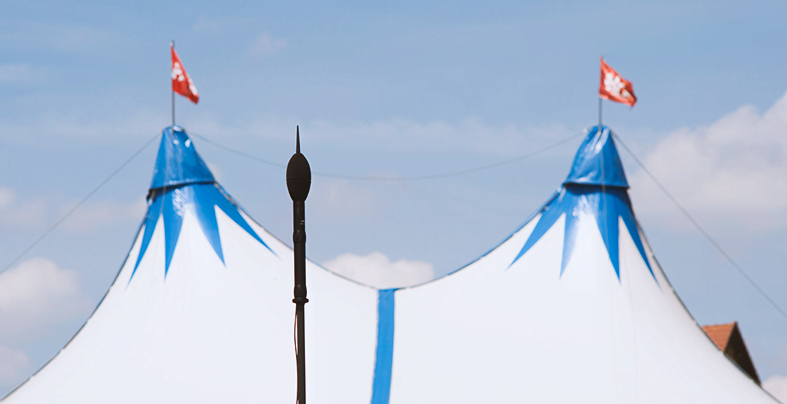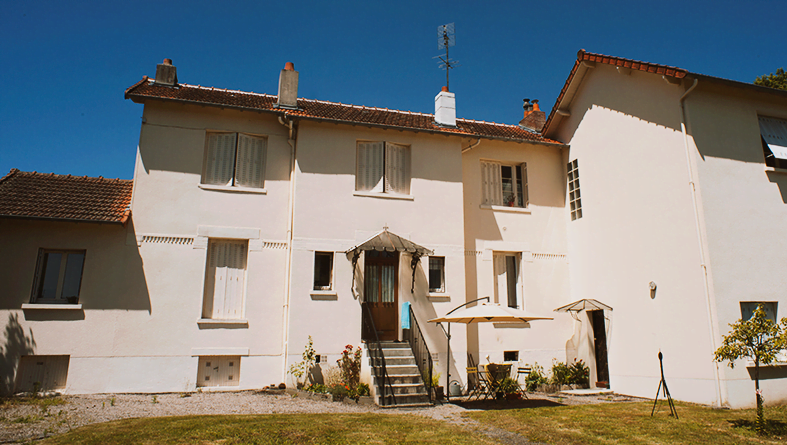Festivals provide entertainment, but they are not always welcome by local residents who often dread the noise and disruption. As always, the challenge is to maintain a balance between the benefits of such an event and the impact on local residents.
For the first-ever Lost in Limoges, the organizers were keen to implement a unique awareness and prevention plan covering issues from ambient air quality to noise pollution. This would prove to the local community, the health and safety specialists, even the festival-goers, that a lot of care and thought was given to minimize any negative impact the event might have and make it a safe and secure event for all concerned.
For Frédéric Tron, one of the festival’s organizers and Associate Professor of Engineering Sciences in metrology, vibration and acoustics at the University of Limoges, the festival was also an excellent opportunity for his students to take part in a practical acoustic measurement project that would result in a publicly available acoustic overview of the festival.
Keeping noise levels below prescribed limits is essential to maintaining permits, but it is just as important to gain valuable community buy-in by transparently sharing noise information, especially if you want to ensure the survival of the festival in years to come.

Measuring Noise Exposure
The project’s main objectives were to measure the noise exposure experienced by festival technicians; to evaluate the noise levels observed on-site during the concert and at neighbouring residences; and to adjust exceeded legal limits.
Selected technicians and festival goers were, therefore, equipped with shoulder-mounted, cable-free personal noise dose meters. This small unit would accompany them throughout the day, measuring and registering all relevant data about their noise exposure. The students’ task was to extract the data, post-process it and identify the accurate noise exposure. Based on these results, the festival organization committee was able to select the appropriate hearing protection for technicians and comply with legislation.
Noise Monitoring Terminals (NMTs)
To measure the environmental impact of this event, Brüel & Kjær set up real-time monitoring to follow, prevent and correct acoustic impact.
Two noise monitoring terminals (NMTs) were used, each equipped with a sound level meter, outdoor microphone, autonomous power supply and a wireless communication device to transmit information in real time. The first NMT was placed close to the festival, the second was placed 300 metres away in a neighbour’s garden.

Noise Monitoring and Communication
The NMTs provided the students and organizers with reliable and accurate noise information, enabling them to make real-time decisions and adjustments to avoid breaching noise restrictions. And to reassure neighbouring towns and local authorities, the information was publicly available via a smartphone app or the Internet.
Frédéric says, “Although the event takes place in a bucolic setting, high technology and efficient and reliable digital tools were an essential part of this event. The monitoring and the sharing of noise information with the public definitely helped to get the local community’s acceptance and the sensitive approach used by the organizers will hopefully ensure that Lost in Limoges becomes a recurring highlight for festival goers and local residents alike”.
Video: Frédéric Tron describes the measures taken to minimize the negative impact of noise on the local community and festival.

当社ニュースレターを購読すると音とバイブレーションの世界からの最新情報を取得できます。

